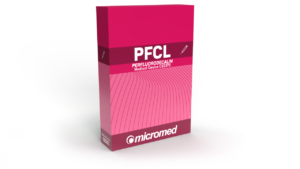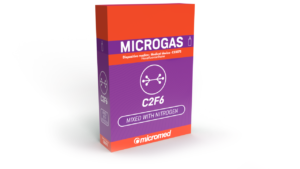Disclaimer
It doesn't happen often, but occasionally there is a price error in our store! We reserve the right to make price corrections in these instances. Of course we will inform you and see if you want to proceed with said correction or, we are happy to provide a full refund on request


